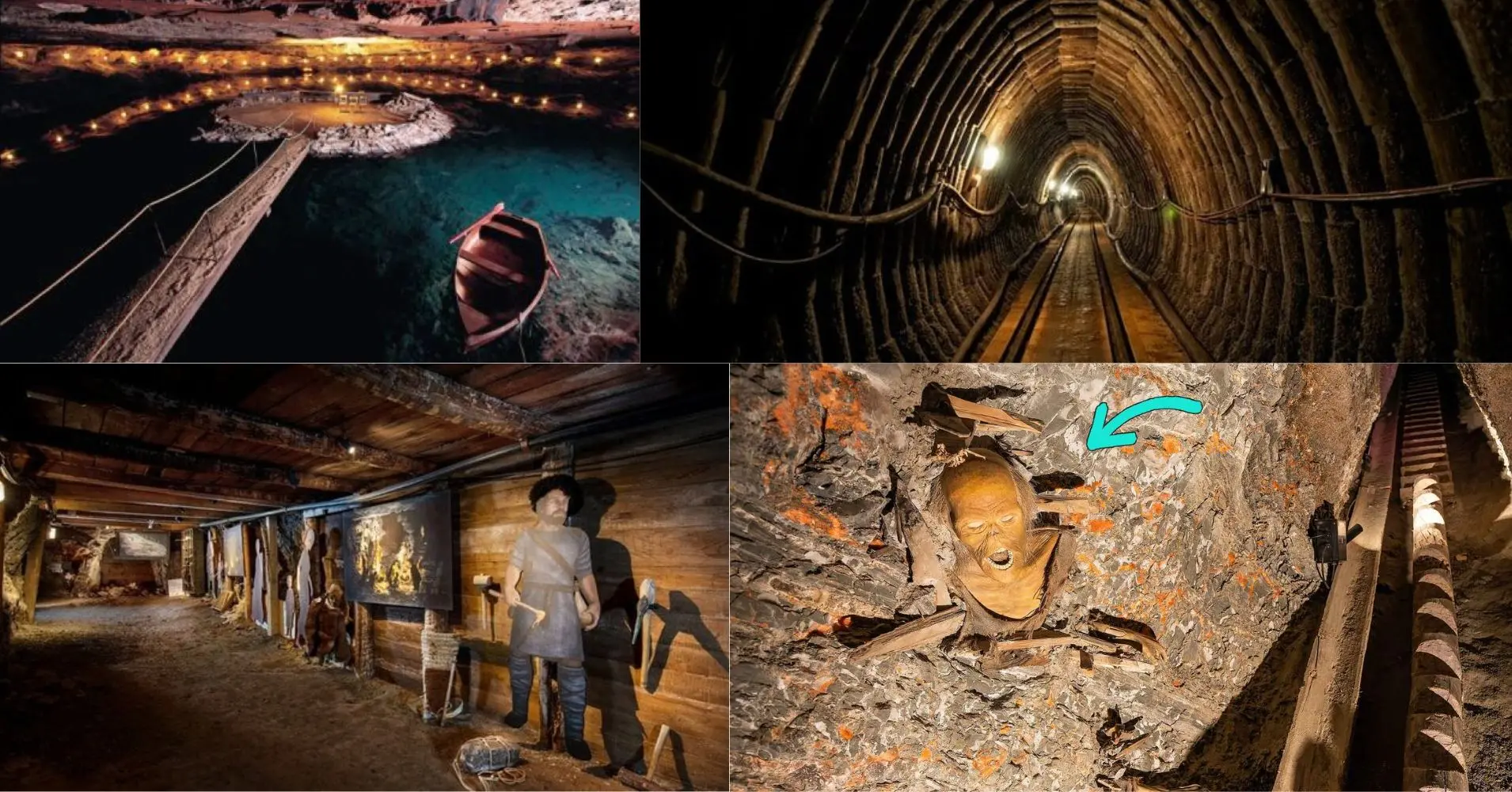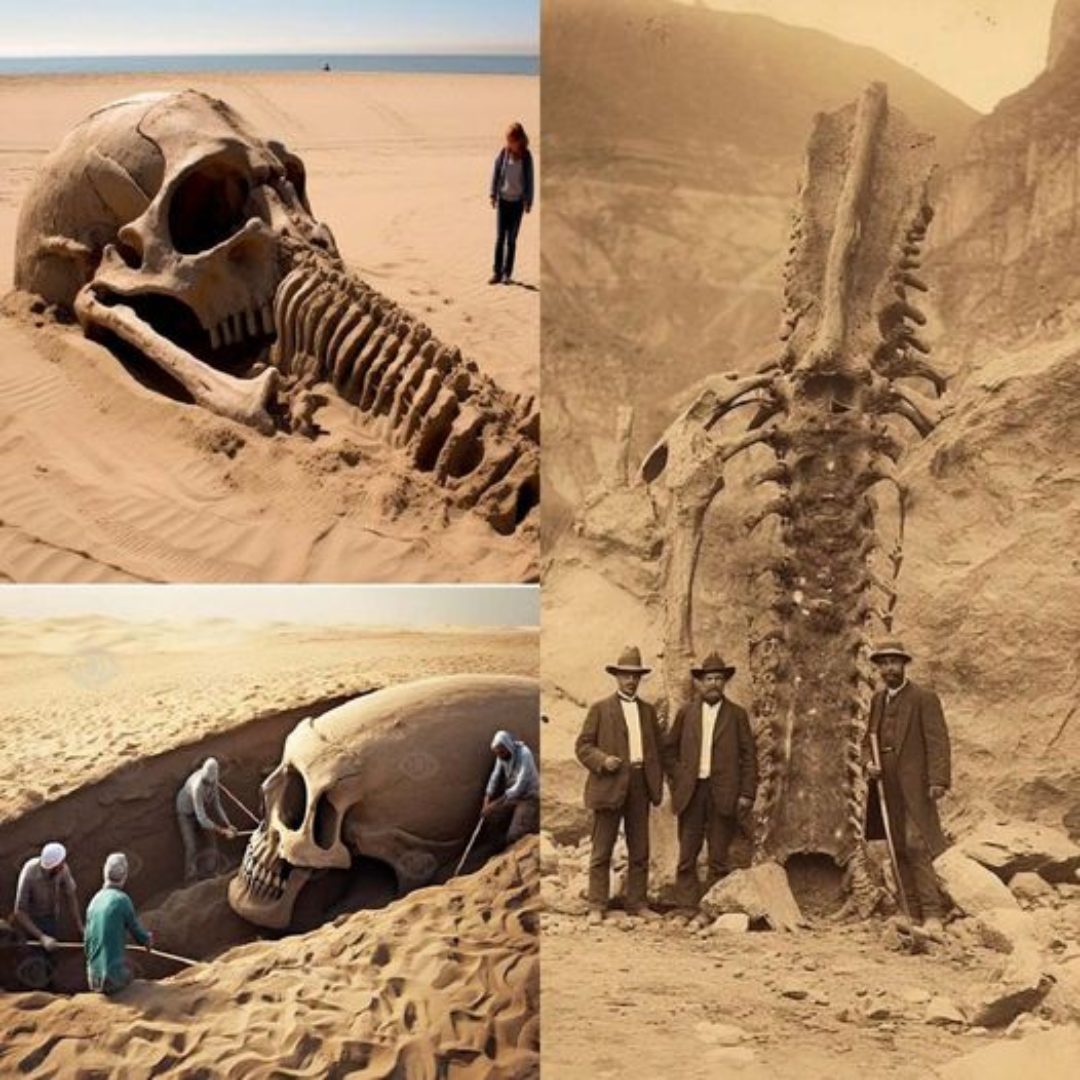Nature has an uncanny way of holding secrets, and some of its mysteries lie hidden in plain sight. One such captivating phenomenon is the presence of substantial amounts of gold in rivers around the world. The allure of glittering treasure has fascinated humans for centuries, leading to various theories and scientific investigations to unravel the enigma behind this precious metal’s presence in riverbeds. In this article, we delve into the captivating question: Why is there so much gold in rivers?

The Geological Dance
The Earth’s geological processes are the choreographers behind this intriguing show. Gold, a heavy and inert element, is often eroded from its primary sources – quartz veins and other mineral deposits – by the forces of nature, such as wind, rain, and temperature fluctuations. Over time, these forces wear away the rocks containing gold, freeing the precious metal to embark on its journey downstream.
Rivers become the stage for this elaborate dance. Gold particles, being heavy, settle in riverbeds, creating pockets of concentrated gold known as “placer deposits.” These deposits are nature’s way of curating gold into easily recoverable troves. The more persistent the geological processes, the larger these deposits can become.
The Gold Rush Factor
Throughout history, humans have been captivated by gold’s intrinsic value and aesthetic appeal. This fascination culminated in the famous Gold Rush events, where people flocked to riverbanks in search of their fortune. The California Gold Rush of the 19th century is a testament to how the allure of river gold can spark frenzies of exploration and settlement.
The Gold-Erosion Connection
Gold’s resilience to corrosion is another key factor in its presence in rivers. Unlike other metals, gold doesn’t easily tarnish or rust when exposed to the elements over extended periods. This unique characteristic allows gold particles to remain intact as they journey through rivers, ensuring that even ancient gold can still be found today.
The Role of Waterways
Rivers and streams play a vital role in transporting gold from its source to new locations. The movement of water acts as a natural conveyor belt, carrying away sediment and depositing gold in new areas. This process, called alluvial deposition, contributes to the widespread distribution of gold in river systems around the world.

Modern-Day Prospecting
While the allure of gold rushes has subsided, modern technology and scientific understanding have given rise to more efficient methods of gold prospecting. Miners and geologists now employ techniques like geochemical analysis, remote sensing, and advanced imaging to identify potential gold-rich locations in rivers. This ensures a more targeted and sustainable approach to gold extraction.
Conclusion
The presence of gold in rivers is a reminder of the Earth’s intricate geological processes and the intricate dance between nature and human exploration. The glittering promise of gold continues to captivate our imagination, even as science peels back the layers of its mystery. So, the next time you gaze upon a river’s shimmering surface, remember that beneath its tranquil beauty lies a tale of geological forces, history, and the timeless allure of a precious metal.





